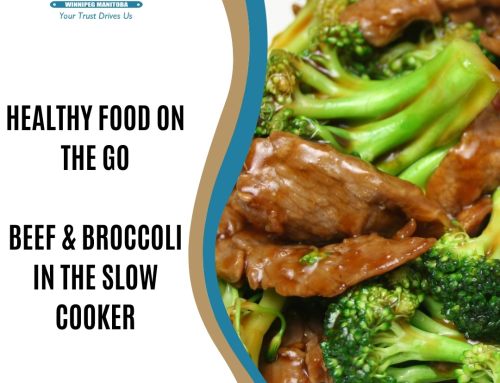 A stiff neck is generally the result of muscles weakening over time from poor posture or misuse. Driving for long periods of time, coupled with poor posture, can cause the muscles around the neck joints to tire and become overstretched.
A stiff neck is generally the result of muscles weakening over time from poor posture or misuse. Driving for long periods of time, coupled with poor posture, can cause the muscles around the neck joints to tire and become overstretched.
What’s Really Happening with Your Neck
When your neck muscles are weak, and you try to turn your head, the joint no longer moves smoothly because it is out of place. Often the joint catches on something; pulling a muscle or hitting the nerve irregularly – sometimes even both. The pain you feel, and the inability to move your neck is your body’s way of protecting you from further damage.
How to Avoid a Stiff Neck
If stiff neck pain is a common occurrence in your driving life, there are a few things you can do:
- Correct your driving posture
- Take a break
- Avoid having your neck bent forward for long periods of time
- Sleep on your side or on your back
- Stretch
Stretches for your Neck
Stretching your neck throughout the day while driving can help you avoid neck pain. These stretches are easy enough to do behind the wheel while driving or stopped in traffic:
- Roll your shoulders backward and down 10 times
- Squeeze your shoulder blades together 10 times
- Push your head backward into your headrest and hold for 30 seconds
- Bring your ear to your shoulder 10 times on each side
Remedies for Minor Neck Pain
- Over the counter pain, relievers with ibuprofen or acetaminophen can reduce the pain, but it doesn’t resolve the underlying issue. Take care while using pain relief so that you don’t injure yourself further.
- Apply ice for the first 48 to 72 hours, and heat after that.
- Keep moving but avoid fast or painful motions.





